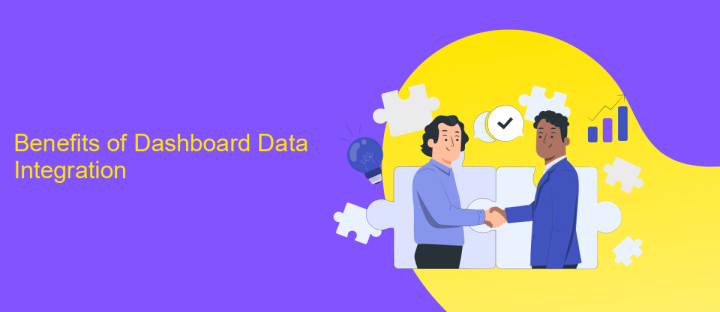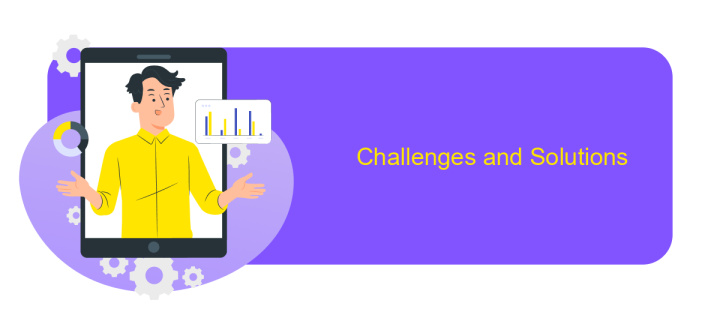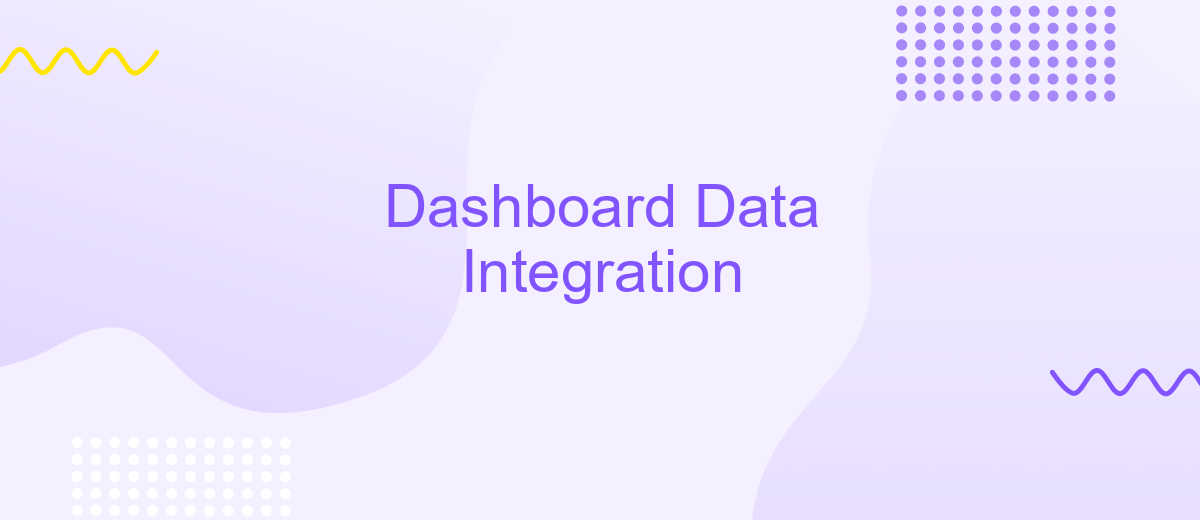Dashboard Data Integration
In today's data-driven world, seamless integration of various data sources into a unified dashboard is crucial for informed decision-making. Dashboard data integration enables organizations to visualize and analyze diverse datasets in real-time, fostering greater insights and efficiency. This article explores the key strategies, tools, and best practices for effective dashboard data integration, helping businesses harness the full potential of their data.
Introduction
In today's data-driven world, businesses are increasingly relying on dashboards to visualize and interpret their data. Dashboard data integration is crucial for combining data from multiple sources into a unified view, enabling better decision-making and operational efficiency. By integrating various data streams, organizations can gain comprehensive insights into their performance metrics, identify trends, and make informed strategic decisions.
- Improved data accuracy and consistency
- Enhanced real-time data visibility
- Streamlined data management processes
- Facilitated cross-functional collaboration
Effective dashboard data integration involves using advanced tools and technologies to ensure seamless data flow and synchronization. It also requires a clear understanding of the organization's data needs and objectives. By leveraging integrated dashboards, businesses can transform raw data into actionable insights, driving growth and innovation.
Benefits of Dashboard Data Integration

Integrating data into a dashboard offers numerous benefits, enhancing decision-making and operational efficiency. By consolidating data from various sources into a single, unified view, businesses can gain real-time insights and identify trends more effectively. This holistic perspective enables quicker, more informed decisions, reducing the time spent on data collection and analysis. Additionally, it helps in spotting discrepancies and anomalies early, allowing for prompt corrective actions and minimizing potential risks.
Furthermore, tools like ApiX-Drive simplify the integration process, enabling seamless connections between different data sources without extensive technical expertise. This automation not only saves time but also ensures data accuracy and consistency across platforms. By leveraging such services, organizations can focus more on strategic initiatives rather than getting bogged down by the technicalities of data integration. Ultimately, dashboard data integration fosters a data-driven culture, empowering teams with the right information at the right time to drive business growth and innovation.
How to Integrate Data into Dashboards

Integrating data into dashboards is a crucial step for transforming raw information into actionable insights. To achieve a seamless integration, one must follow a structured approach that ensures data accuracy, relevance, and real-time updates. Here’s a step-by-step guide to help you integrate data effectively into your dashboards:
- Identify Data Sources: Determine the various data sources you will be integrating, such as databases, APIs, and third-party applications.
- Extract Data: Use ETL (Extract, Transform, Load) tools to extract data from these sources. Ensure the data is clean and formatted correctly.
- Transform Data: Apply necessary transformations to make the data consistent and compatible with your dashboard requirements.
- Load Data: Import the transformed data into your dashboard software or platform.
- Configure Dashboard: Set up your dashboard by selecting appropriate widgets, charts, and graphs to visualize the data.
- Test and Validate: Ensure the data is accurately represented by testing the dashboard and validating the results.
By following these steps, you can create a dynamic and interactive dashboard that provides valuable insights and supports data-driven decision-making. Regularly updating and maintaining the data sources will ensure the dashboard remains relevant and up-to-date.
Challenges and Solutions

Integrating data into a dashboard can present several challenges, primarily due to the complexity and variety of data sources. Ensuring data consistency and accuracy is critical, as discrepancies can lead to misleading insights. Additionally, real-time data integration demands robust infrastructure and can strain system resources.
Another significant challenge is data security. Integrating data from multiple sources increases the risk of data breaches and unauthorized access. Ensuring compliance with data protection regulations adds another layer of complexity to the integration process.
- Data Consistency: Implement data validation and cleansing processes to maintain accuracy.
- Real-Time Integration: Utilize efficient ETL (Extract, Transform, Load) tools and scalable infrastructure.
- Data Security: Employ encryption and access controls to protect sensitive information.
- Regulatory Compliance: Regularly audit data practices to ensure adherence to legal standards.
Addressing these challenges requires a strategic approach, combining the right tools and practices. By focusing on data quality, infrastructure, and security, organizations can successfully integrate data into their dashboards, providing valuable insights and driving informed decision-making.
- Automate the work of an online store or landing
- Empower through integration
- Don't spend money on programmers and integrators
- Save time by automating routine tasks
Conclusion
In conclusion, effective dashboard data integration is pivotal for businesses aiming to harness the full potential of their data. By consolidating data from various sources into a unified dashboard, organizations can gain comprehensive insights, streamline decision-making processes, and enhance operational efficiency. The integration process, though complex, can be simplified with the right tools and strategies, ensuring seamless data flow and real-time analytics.
Services like ApiX-Drive play a crucial role in this landscape by offering robust solutions for automating and managing data integrations. With ApiX-Drive, businesses can effortlessly connect disparate data sources, customize workflows, and maintain data accuracy without extensive technical expertise. This not only saves time and resources but also empowers teams to focus on strategic initiatives. Ultimately, leveraging such integration tools is essential for staying competitive in today's data-driven world.
FAQ
What is Dashboard Data Integration?
Why is Dashboard Data Integration important for businesses?
How can I automate data integration for my dashboard?
What are some challenges associated with Dashboard Data Integration?
Can I integrate data from multiple platforms into a single dashboard easily?
Routine tasks take a lot of time from employees? Do they burn out, do not have enough working day for the main duties and important things? Do you understand that the only way out of this situation in modern realities is automation? Try Apix-Drive for free and make sure that the online connector in 5 minutes of setting up integration will remove a significant part of the routine from your life and free up time for you and your employees.


